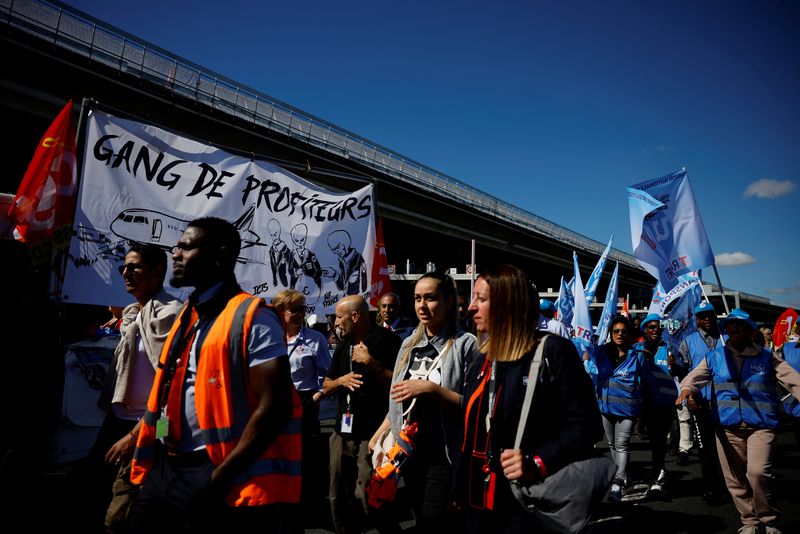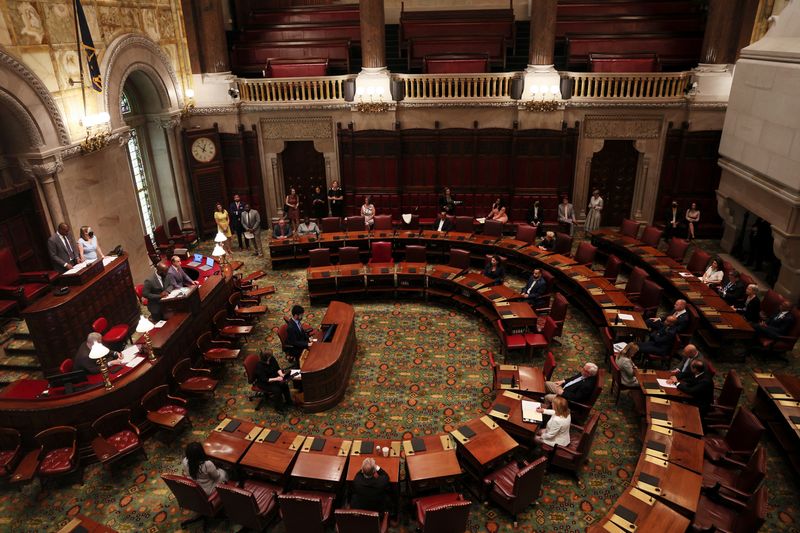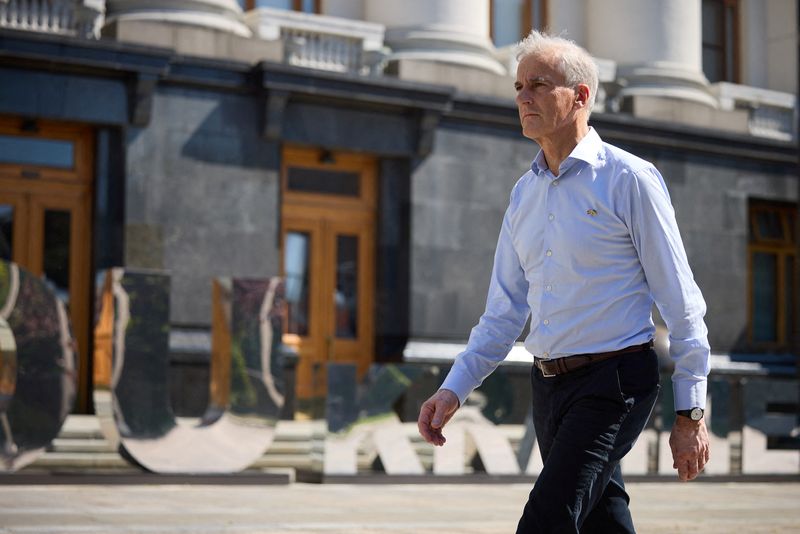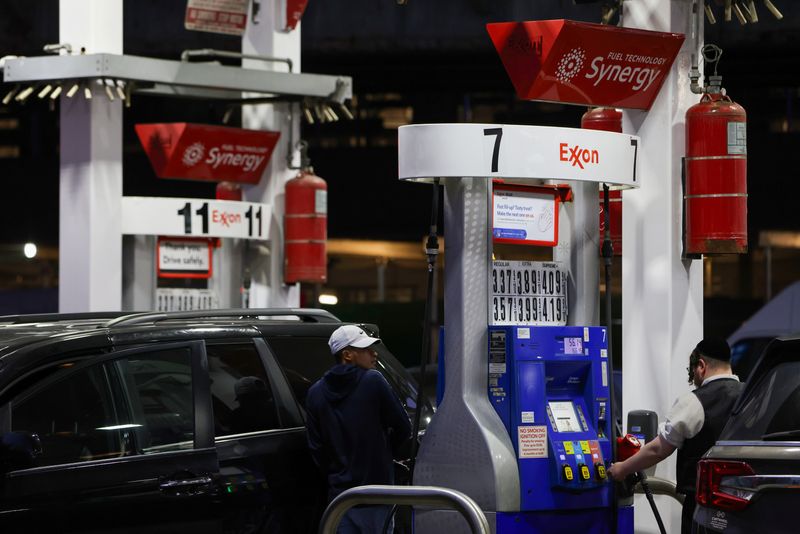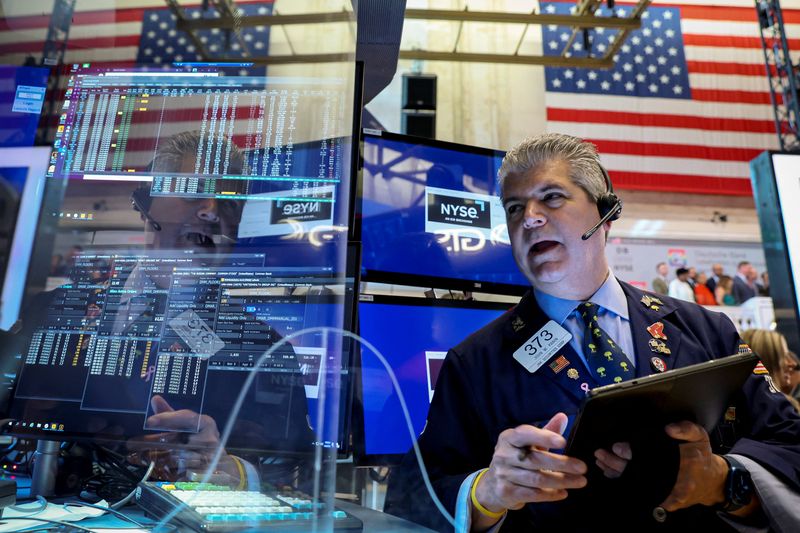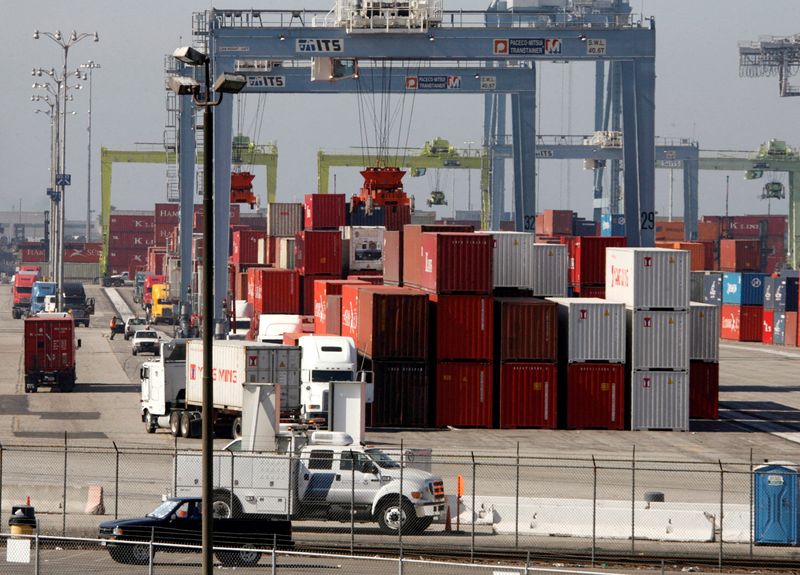EVESHAM, NJ – Police arrested a known catalytic converter thief this week, but unfortunately, due to New Jersey’s bail reform act, had to release him shortly after his arrest.
Police said on June 4th, Harry Espada, age 42, of Clementon was the suspect involved in the theft of multiple catalytic converters in Evesham. Police responded to 4 Stow Road for a report of two vehicles that had the catalytic convertors stolen within the past 30 minutes. Upon arrival, officers were able to obtain a vehicle and suspect description, which was broadcasted to additional officers that were circulating the area.
“A short time later, an alert officer located the suspect vehicle in the parking lot of 3000 East Lincoln Drive next to a row of vehicles and it was later determined that the suspects had just stolen the catalytic convertors from 5 vehicles in that parking lot,” Evesham police reported. “The officer attempted to stop the suspect vehicle by activating the emergency vehicle lights and siren, at which time the driver failed to stop for the officer and left the area at a high rate of speed. The police pursuit was terminated due to the concerns for public safety.”
Based on the information gathered by the involved officers and additional follow-up investigation by the Evesham Police Investigative Bureau, the driver was identified as Harry Espada. Espada was arrested on June 27, 2022 and released on his own recognizance with a mandatory court appearance.
Two additional suspects remain unidentified at this time.



